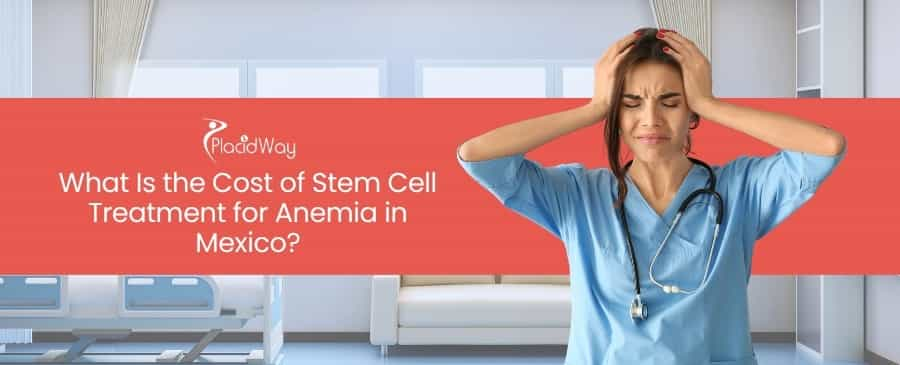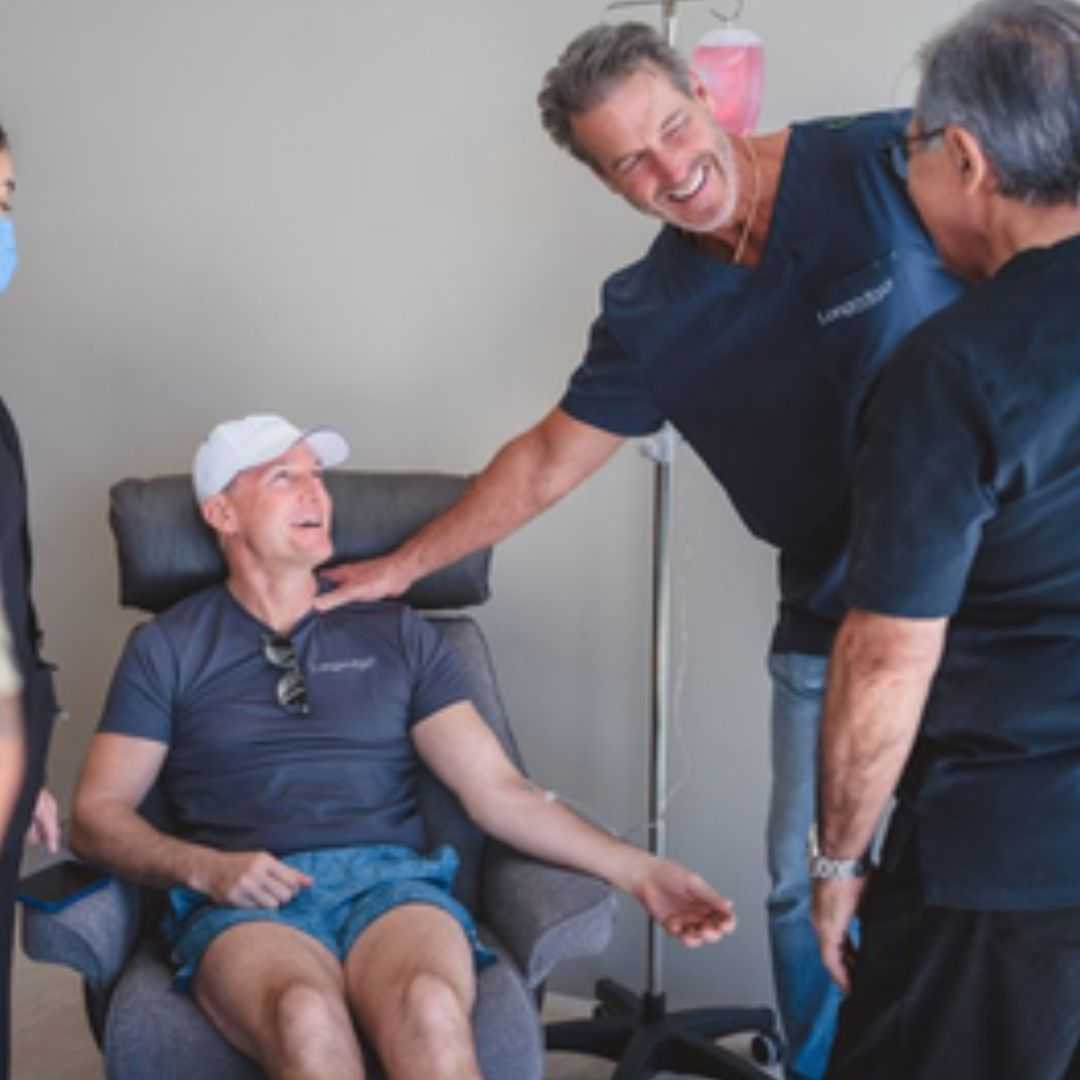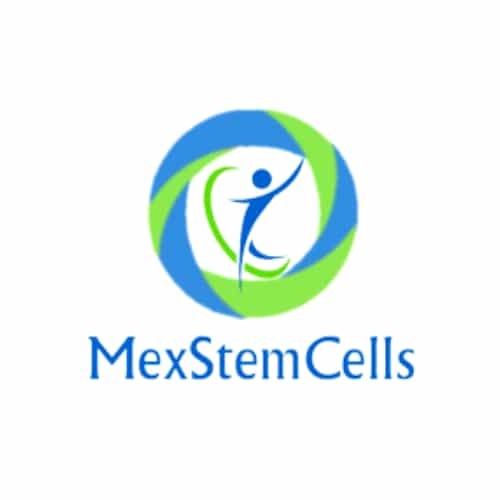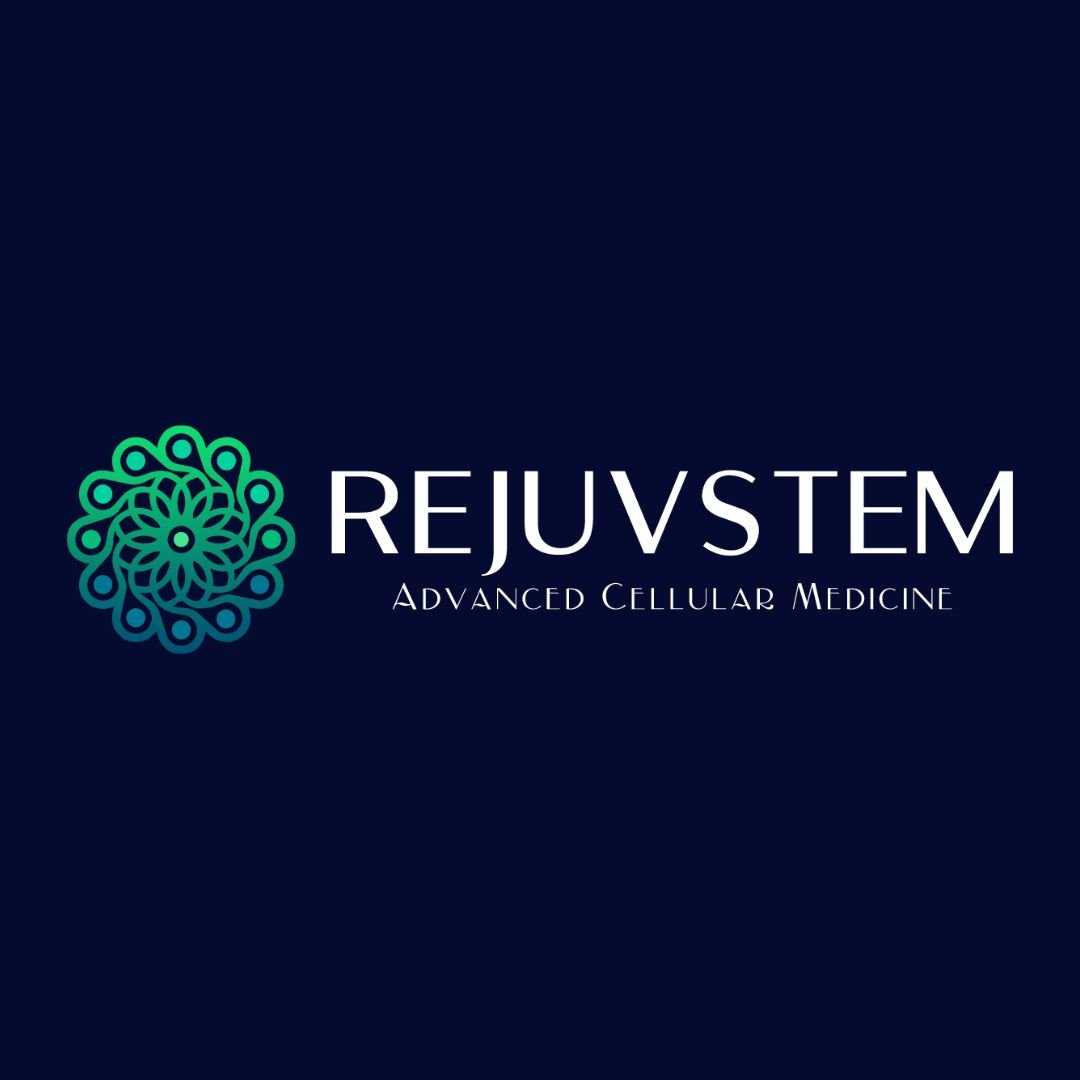How Much Does Stem Cell Treatment for Anemia Cost in Mexico?

If you're exploring options for anemia treatment and considering stem cell therapy, you're likely aware of the significant impact this condition can have on your daily life. Anemia, characterized by a deficiency in healthy red blood cells, can lead to debilitating fatigue, shortness of breath, and a host of other health issues.
While traditional treatments exist, many individuals are now looking into the innovative potential of stem cell therapy. Mexico has emerged as a leading destination for advanced medical treatments, including regenerative medicine, due to its combination of high-quality care, experienced specialists, and often more accessible pricing.
One of the most common and crucial questions is, of course, about the cost. Understanding the financial aspect is a key part of planning your medical journey. In this comprehensive guide, we'll delve into the specifics of what stem cell treatment for anemia entails in Mexico.
What is the average cost of stem cell treatment for anemia in Mexico?
Stem cell therapy for anemia is a specialized procedure, and its cost in Mexico is quite competitive compared to countries like the United States or Canada. Patients can often find similar quality of care at a fraction of the price, making Mexico an attractive option for medical tourism.
The "average" cost is a broad estimate, as the exact figure will be tailored to your individual medical needs after a thorough consultation. This cost typically encompasses several elements. It often includes the initial consultation, medical tests, the harvesting and processing of stem cells (which could be from your own body – autologous – or from a donor – allogeneic), the actual administration of the stem cells, and sometimes follow-up appointments.
What factors influence the cost of stem cell therapy for anemia in Mexico?
Understanding the variables that contribute to the overall price can help you anticipate expenses more accurately. Here are the primary factors:
- Type and Severity of Anemia: Different types of anemia, such as aplastic anemia, sickle cell anemia, or thalassemia, may require varying approaches to stem cell therapy. More severe or complex cases might necessitate more extensive preparation, higher doses of cells, or a longer treatment period, thus increasing the cost.
- Source of Stem Cells:
- Autologous: Stem cells are harvested from the patient's own body (e.g., bone marrow, adipose tissue, or peripheral blood). This generally involves a simpler process and might be less expensive as it avoids donor matching.
- Allogeneic: Stem cells are obtained from a compatible donor. This requires donor screening, matching, and potentially more complex handling, which can increase the cost.
- Clinic Reputation and Location: Highly reputable clinics with state-of-the-art facilities and internationally recognized specialists might charge more. Clinics located in major medical hubs or tourist-friendly cities may also have different pricing structures.
- Number of Treatments and Stem Cell Doses: Some conditions may require multiple rounds of stem cell injections or higher concentrations of cells to achieve optimal results, directly impacting the total cost.
- Included Services: A comprehensive package might include diagnostic tests, consultations, anesthesia, cell processing, actual cell administration, accommodation, transportation, and post-treatment follow-up. Always clarify what is included in the quoted price.
Is stem cell treatment for anemia covered by insurance?
For the vast majority of patients seeking stem cell therapy for anemia, especially when pursuing it in an international setting like Mexico, insurance coverage is unlikely. Many stem cell treatments for conditions like anemia are still considered experimental or investigational by insurance companies and regulatory bodies, even if they show promising results in clinical settings.
This means that the financial burden often falls directly on the patient. However, it's always worth checking with your specific insurance provider. Policies can vary, and in rare cases, if a particular type of anemia has an established stem cell transplant protocol that is approved and deemed medically necessary, there might be partial coverage.
Be prepared for a likely out-of-pocket expense, and plan your finances accordingly. Many clinics in Mexico offer payment plans or work with financing companies to help make the treatment more accessible.
How effective is stem cell therapy for anemia?
Stem cell therapy holds significant promise for anemia, particularly for conditions where the bone marrow fails to produce enough healthy red blood cells or where red blood cells are defective. Its effectiveness is rooted in the ability of stem cells to differentiate into various blood cell types, regenerate damaged tissue, and modulate the immune system. For specific conditions:
- Aplastic Anemia: Hematopoietic stem cell transplantation (HSCT) is a well-established and often curative treatment, especially for younger patients with a matched donor.
- Sickle Cell Anemia and Thalassemia: HSCT can potentially cure these genetic blood disorders by replacing defective blood-forming cells with healthy ones. Success rates depend on donor matching, patient age, and disease severity.
- Myelodysplastic Syndromes (MDS): Stem cell transplants are a primary treatment option for higher-risk MDS, aiming to replace diseased bone marrow with healthy cells.
- Other Anemias: For less severe or other forms of anemia, stem cell therapies might aim to stimulate the patient's own bone marrow function, reduce inflammation, or provide regenerative support, leading to improved red blood cell production and reduced symptoms.
What types of anemia can be treated with stem cells?
The application of stem cell therapy is most prominent in anemic conditions where the root cause lies within the bone marrow's inability to function correctly or where there's a genetic fault in blood cell creation. Here's a breakdown of the main types:
| Type of Anemia | Description | Stem Cell Treatment Role |
|---|---|---|
| Aplastic Anemia | Bone marrow stops producing enough new blood cells (red, white, and platelets). | Hematopoietic stem cell transplant (HSCT) is a primary and often curative treatment to replace the faulty bone marrow. |
| Sickle Cell Anemia | Genetic disorder causing red blood cells to become rigid, sticky, and sickle-shaped. | HSCT (allogeneic from a matched donor) can potentially cure the disease by replacing the defective stem cells. |
| Thalassemia | Genetic blood disorder where the body makes an abnormal form of hemoglobin, leading to excessive destruction of red blood cells. | HSCT (allogeneic) is a curative option for some patients, especially children with a compatible donor. |
| Myelodysplastic Syndromes (MDS) | Group of disorders where the bone marrow does not produce enough healthy blood cells. Can sometimes progress to leukemia. | HSCT (allogeneic) is the only curative treatment for higher-risk MDS, replacing abnormal stem cells with healthy ones. |
It's important to consult with a hematologist or stem cell specialist to determine if you are a candidate for this type of therapy based on your specific diagnosis and health profile.
What is the process for stem cell treatment for anemia in Mexico?
The exact steps can vary slightly based on the type of anemia and the chosen treatment protocol, but generally, the process unfolds as follows:
- Initial Consultation and Evaluation: You'll have an in-depth consultation with a specialist who will review your medical history, perform physical examinations, and order comprehensive diagnostic tests (blood tests, bone marrow biopsy, imaging) to confirm your diagnosis and assess your suitability for treatment.
- Stem Cell Harvesting:
- Autologous: If using your own cells, they will be collected from your bone marrow, peripheral blood (via apheresis), or adipose (fat) tissue. This is usually a minor procedure.
- Allogeneic: If using donor cells, a matched donor's stem cells will be harvested, typically from their bone marrow or peripheral blood.
- Cell Processing and Preparation: The harvested stem cells are then processed in a specialized laboratory to isolate, concentrate, and sometimes expand them. For allogeneic transplants, conditioning chemotherapy or radiation may be administered to the patient to suppress their immune system and prepare their bone marrow to accept the new cells.
- Stem Cell Administration: The prepared stem cells are infused into your bloodstream, usually intravenously, much like a blood transfusion. These cells then naturally migrate to the bone marrow, where they begin to engraft and produce healthy blood cells.
- Post-Treatment Care and Monitoring: After the infusion, you'll undergo a period of close monitoring to ensure engraftment and manage any potential side effects or complications. This phase is critical and may require an extended stay in Mexico or regular follow-ups.
Are there risks associated with stem cell therapy for anemia?
While stem cell therapy offers significant hope, it's essential to be fully informed about the potential risks involved. The severity and likelihood of risks depend on various factors:
- For Autologous (patient's own cells) Transplants: Risks are generally lower, primarily associated with the harvesting procedure (e.g., minor pain, bruising, infection at the collection site) and the mild conditioning regimens.
- For Allogeneic (donor cells) Transplants: These carry more significant risks due to the use of donor cells and often more intensive conditioning treatments.
- Graft-versus-Host Disease (GVHD): This is a serious potential complication where the donor's immune cells recognize the recipient's body as foreign and attack it. It can affect various organs and range from mild to life-threatening.
- Infection: Patients are highly susceptible to infections due to a weakened immune system from conditioning treatments and during the period while new blood cells are forming.
- Bleeding: Low platelet counts due to conditioning can increase the risk of bleeding.
- Organ Damage: Chemotherapy and radiation can damage organs such as the liver, kidneys, lungs, or heart.
- Relapse: In some cases, the original disease may return. A thorough risk-benefit assessment with your medical team is crucial before proceeding with treatment.
Why choose Mexico for stem cell treatment for anemia?
Mexico has become a global hub for medical tourism, and stem cell therapy is a prime example of why. Here are some compelling reasons:
- Cost-Effectiveness: This is arguably the biggest driver. The cost of stem cell treatment in Mexico can be 30-70% less than in the United States or Canada, without compromising on the quality of care or technology. This makes life-changing treatments accessible to many who might otherwise be unable to afford them.
- Quality of Care and Expertise: Many Mexican clinics are internationally accredited and boast highly trained physicians, often educated in the US or Europe. They are equipped with modern technology and adhere to international standards of care.
- Accessibility: For patients in North America, Mexico offers convenient travel with numerous direct flights and accessible border crossings, reducing the logistical challenges and costs associated with international travel.
- Availability of Advanced Treatments: Mexican clinics are often at the forefront of regenerative medicine, offering innovative stem cell therapies that may not yet be widely available or as readily accessible in other countries.
- Shorter Wait Times: Patients often experience shorter wait times for consultations and treatments compared to overloaded healthcare systems in their home countries.
How to find a reputable clinic for stem cell treatment in Mexico?
Choosing the right clinic is paramount for your safety and treatment success. Here's a step-by-step approach:
- Look for International Accreditations: Check if the clinic holds accreditations from recognized international bodies like Joint Commission International (JCI). This signifies adherence to global standards of patient safety and quality of care.
- Verify Physician Credentials: Ensure the doctors are board-certified, have extensive experience specifically in hematology and regenerative medicine, and are members of relevant professional organizations. Don't hesitate to ask for their CVs.
- Inquire About Stem Cell Sourcing and Processing: A reputable clinic will be transparent about where their stem cells come from (if allogeneic) and how they are processed and stored in their lab. They should follow strict ethical guidelines.
- Transparent Pricing and Treatment Plans: Demand a detailed, itemized quote for the entire treatment process. Be wary of clinics that offer vague pricing or push for immediate payment without a full consultation. The treatment plan should be personalized and clearly explained.
- Patient Testimonials and Reviews: While anecdotal, patient reviews on independent forums and websites can offer insights into other patients' experiences. Be cautious of overly positive or negative reviews that seem inauthentic.
- Seek a Second Opinion: If possible, consult with a local doctor or a medical tourism facilitator who can help you vet clinics and understand your options.
What should I consider when planning medical travel to Mexico for anemia treatment?
Embarking on medical travel requires careful planning beyond just choosing a clinic. Here are important considerations:
- Travel Documents and Visa: Ensure your passport is valid and check if you need a visa for Mexico. Most US and Canadian citizens can enter Mexico with a valid passport for short tourist stays.
- Accommodation and Local Transport: Research hotels or serviced apartments near your clinic that cater to medical tourists. Plan for transportation from the airport to your accommodation and to the clinic for appointments. Many clinics offer assistance with this.
- Language Barrier: While many medical staff in top Mexican clinics speak English, having a translation app or hiring a local guide for general communication can be helpful, especially in smaller towns or for daily errands.
- Travel Insurance: Consider purchasing travel insurance that includes medical evacuation, as your regular health insurance may not cover complications arising from international medical procedures.
- Post-Treatment Care and Follow-up: Discuss with your Mexican clinic and your local doctor how post-treatment follow-up will be managed, especially for long-term monitoring and potential complications.
- Support System: It's highly recommended to travel with a companion, especially for complex procedures, who can offer support and assist with logistics.
- Cultural Considerations: Research local customs and traditions to ensure a respectful and comfortable experience during your stay.
Are there specific clinics in Mexico known for stem cell treatment for anemia?
Mexico has several well-established medical centers and clinics that offer a range of stem cell therapies, including those for various forms of anemia. These clinics often attract international patients due to their combination of medical expertise and competitive pricing. When looking for a clinic, you'll generally find concentrations of highly rated facilities in:
- Tijuana: Located near the US border, it's a popular choice for American patients due to easy accessibility. It boasts numerous clinics focused on regenerative medicine.
- Cancun: A major tourist destination that also hosts several modern medical facilities, offering a blend of treatment and recovery in a pleasant environment.
- Guadalajara: A significant medical hub with large hospitals and specialized clinics, often recognized for its medical education and research.
- Mexico City: As the capital, it has a wide array of top-tier hospitals and specialized clinics with access to the latest technologies and highly experienced doctors.
It is essential to look for clinics that clearly state their protocols for anemia treatment, have specialized hematologists and stem cell therapists on staff, and can provide references or detailed information about their experience with your specific type of anemia. Always prioritize clinics that are transparent about their procedures, success rates, and potential risks.
For more personalized assistance in exploring stem cell treatment options for anemia in Mexico, or to connect with reputable clinics that meet your specific healthcare needs and budget, please consider reaching out to PlacidWay. We specialize in connecting patients with global medical solutions, helping you navigate your options with confidence and clarity.


.png)














Share this listing